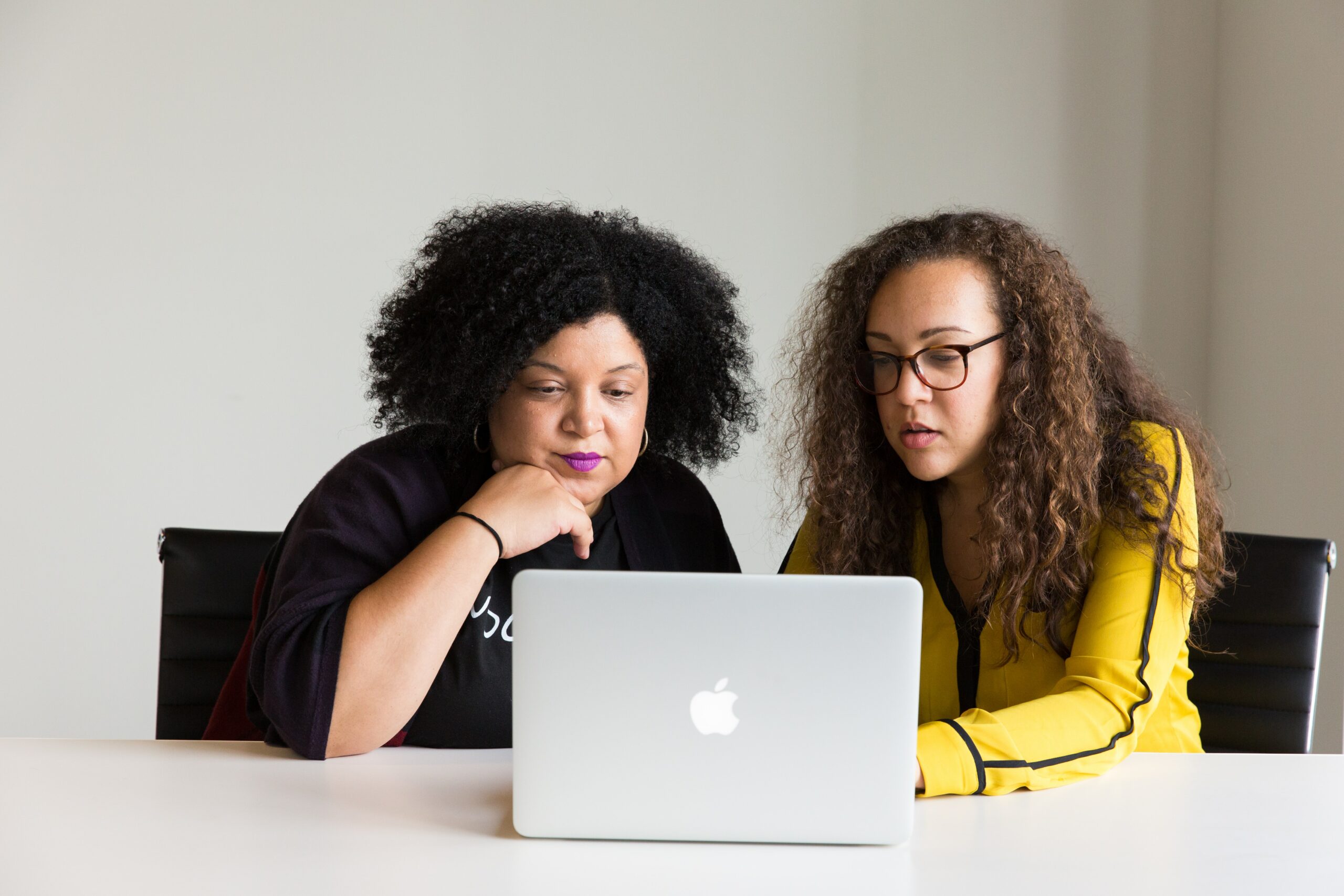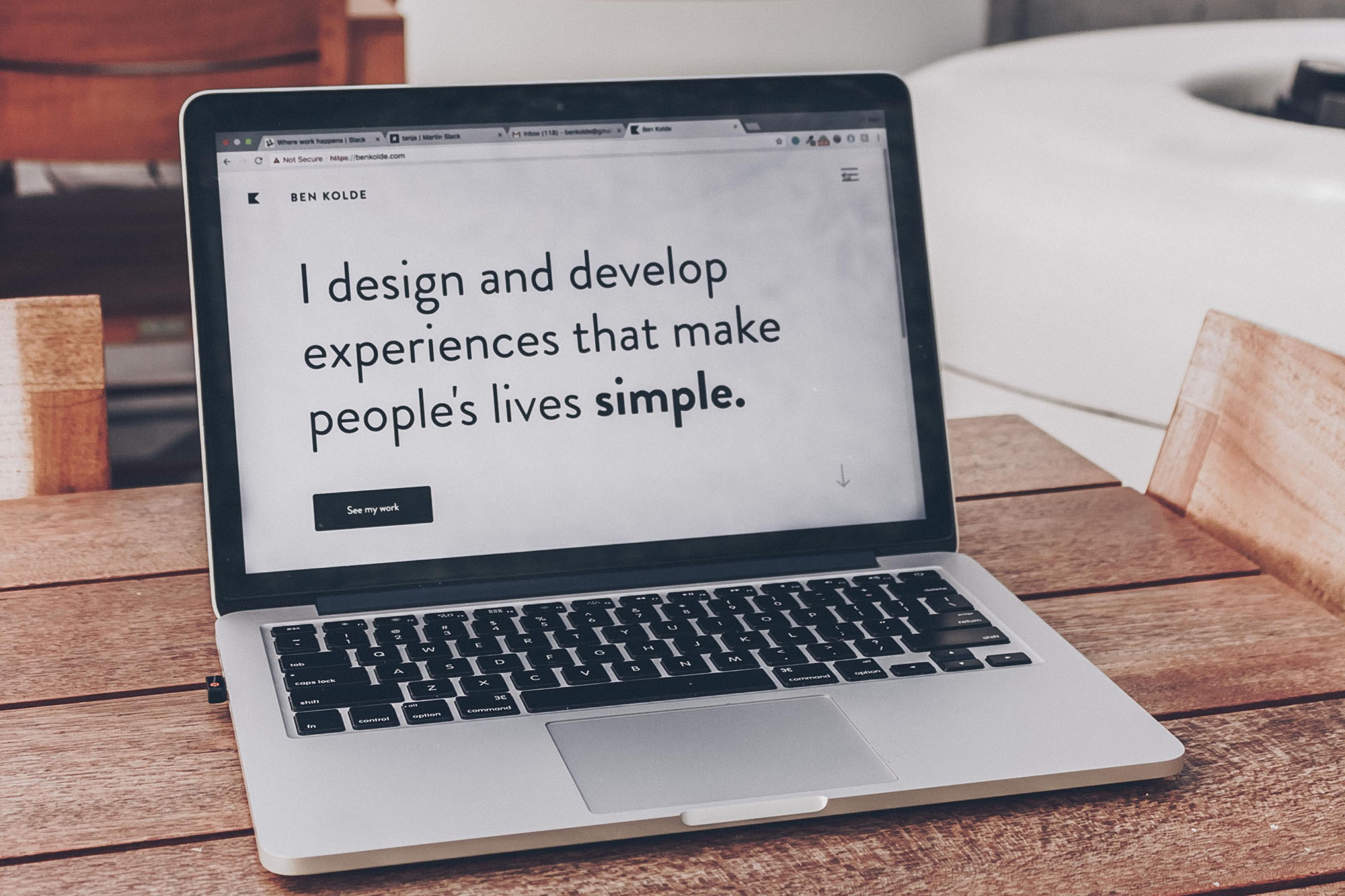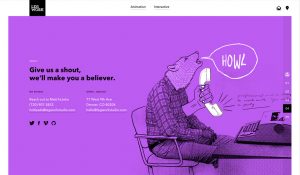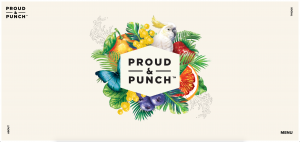Big names in tech, design councils, universities and others alike are all coming together currently to provide phenomenal support to those working within the design and technology industry.
Whether it’s advice, social interaction or resources to help work forces and teams train, learn or continue with their work, there’s plenty of help to be found. We’ve compiled a brief list of excellent support to you as business owner, freelancers or employees within design to keep you on track and feel supported.
Design Council
The Design Council have set up ways to staying connected virtually as designers, through Zoom meetings and other virtual online community support. It has stated that it is dedicated to providing additional help to all who work within design, and the importance of keeping businesses within the industry afloat. They are a hub of information for all within design and are providing additional information for freelancers on how to support themselves currently.
Arts Council England
As a feature of Arts Council England’s Digital Culture Network, any business or worker within the creative industry sector can contact the network’s Tech Champions for advice and help on enhancing their digital skills. It’s also planned that there will be continuing free resources and webinars available additionally too.
Zira
Zira has set up a free and easy to access tool called Bounce Back to help employees who are unable to continue their normal work due to COVID-19. The program chiefly shows users how to steer themselves around the issues of losing work load, being furloughed or work opportunities ending. It also doubles up as a community for users to keep in touch with former employers, and has a “job marketplace.”
Universities, Shaw Academy and Future Learn
Universities and other academic facilities are offering free courses, diplomas and training on a huge variety of subject areas. Many of these courses would originally come with quite a large price tag but have been deducted to offer support to others during the pandemic. Courses and training is available over a period of weeks online, and have many subjects relating to tech and design such as graphic design, social media and viral marketing, photoshop skills, business and management.
Survey Monkey
Survey Monkey has set up specialised survey templates for teams and work forces to use to supply support to those whose work schedules have changed, are working from home or are continuing as key workers. They can help to enable productivity, check on employee well-being or keep teams up to date on projects.
The Dots
The Dots have created a specialist ‘Ask The Community’ forum in support of the COVID-19 pandemic. It offers answers and support on questions relating to freelance work, working from home, sharing worries, tips and advice. There’s also areas to arrange opportunities for work and collaboration between others, allowing you to connect and network with new businesses or other creative workers.











